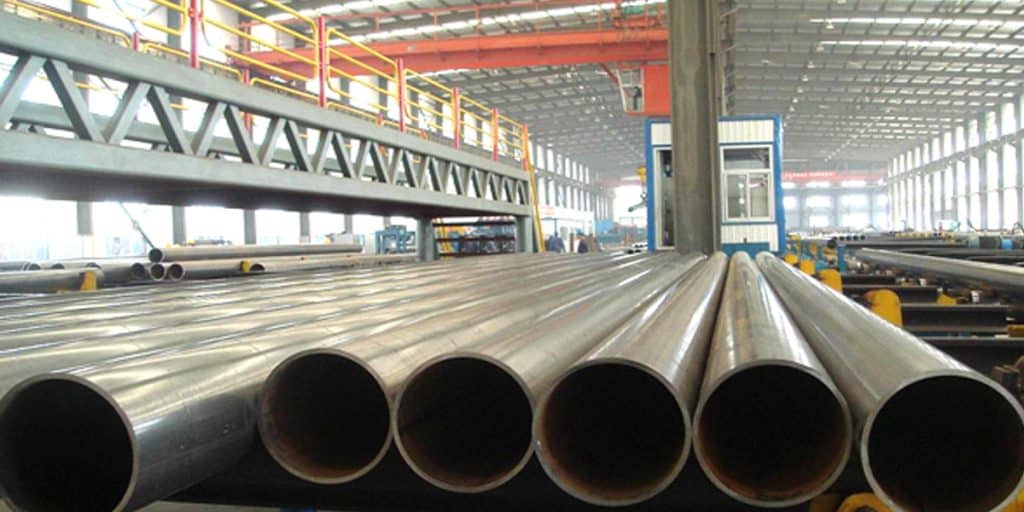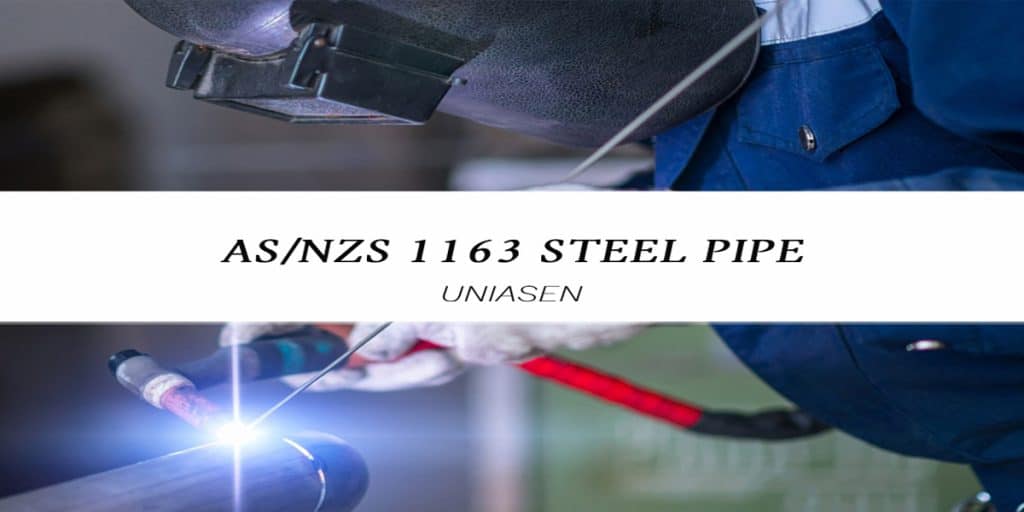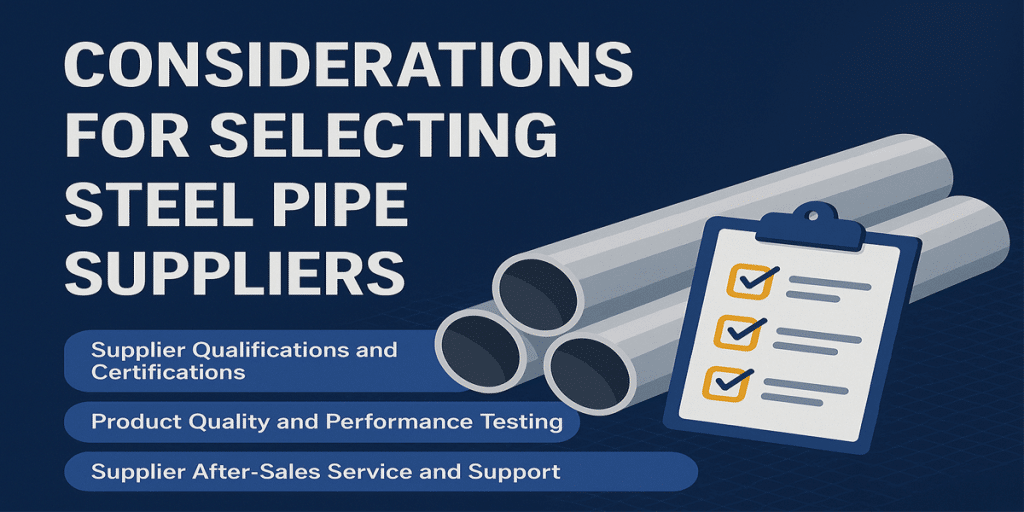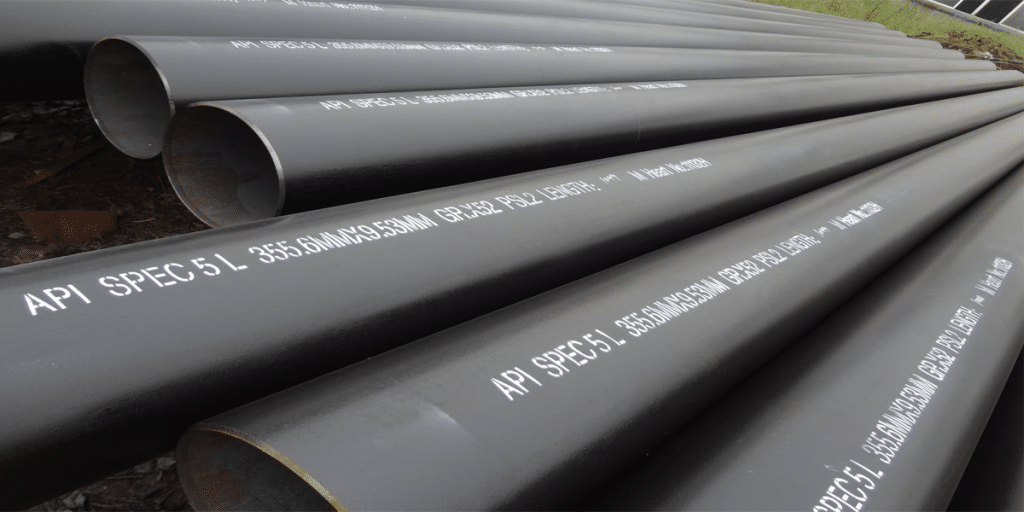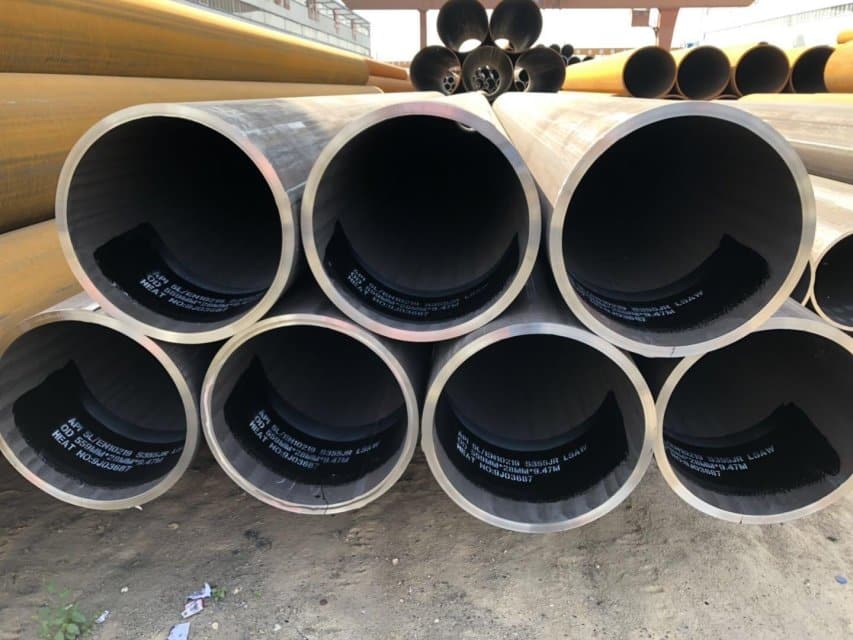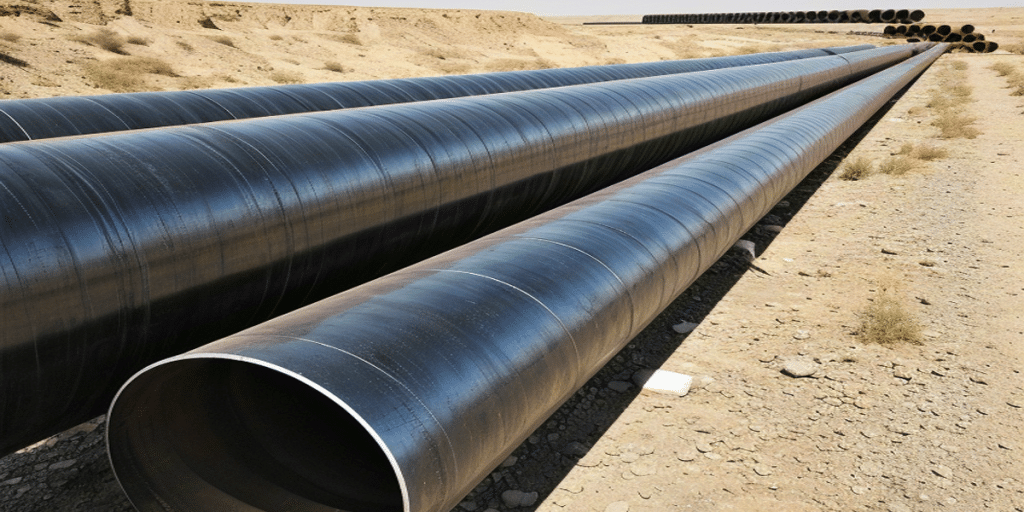- 1. Five Key Drivers Fueling the Market
- 2. Regional and Product Category Performance (Who’s Buying, Who’s Selling?)
- 3. In-Depth Analysis of Price Drivers (Key Indicators for Buyers)
- 4. ERW vs. LSAW: Market Roles and Cost Differences
- 5. 2025 Procurement and Supply Chain Recommendations
- 6. Industry Outlook
- 7. Why Choose LONGMA?
In 2025, the global market for ASTM A53 (and similar carbon steel pipes) will be characterized by steady growth with slight upward momentum in demand, price fluctuations driven by raw materials and policies, and continued market segmentation due to process differentiation (ERW vs. LSAW). Buyers should focus on hot-rolled coil (HRC) prices, trade policies/tariffs, energy and logistics costs, and investment rhythms in downstream industries (infrastructure, oil and gas) to seize procurement opportunities and select appropriate suppliers.
Five Key Drivers Fueling the Market
- Downstream Demand: Infrastructure and Oil & Gas Investment— Infrastructure recovery and pipeline projects will drive increased demand for large-diameter LSAW pipes and conventional ASTM A53 pipes.
- Raw Material Prices (HRC / Steel Billets)— HRC prices directly determine the production costs and ex-factory prices of ERW/LSAW pipes, remaining a core variable for price fluctuations in 2025.
- International Trade and Policies (Tariffs / Carbon Policies)— Trade protectionism, anti-dumping measures, or carbon tariffs in various countries will reshape cross-border supply dynamics and prices.
- Energy and Logistics Costs— Sea freight, natural gas/electricity prices directly impact production and transportation costs, particularly for export orders.
- Process Differentiation (ERW vs. LSAW)— ERW pipes dominate the small-to-medium diameter and price-sensitive market segments; LSAW pipes see stronger demand in large-diameter pipeline projects, with differences in pricing and delivery timelines between the two.
Regional and Product Category Performance (Who’s Buying, Who’s Selling?)
- North America: Influenced by domestic infrastructure cycles, energy equipment demand, and tariff policies, the market is sensitive to imports in the short term, with prices and policies of domestic steel mills dominating the market.
- Middle East and Regions Surrounding Russia: Oil and gas pipelines, as well as offshore platform projects, drive demand for large-diameter LSAW pipes and specially coated pipes.
- Southeast Asia / Africa: Urbanization and infrastructure investment boost demand for small-to-medium diameter ERW pipes; these markets are price-sensitive but have large volume potential.
In-Depth Analysis of Price Drivers (Key Indicators for Buyers)
- HRC (Hot-Rolled Coil) Prices: As the primary cost component of steel pipes, HRC price trends will continue to dictate ASTM A53 costs in 2025. Recent benchmark prices show significant fluctuations; buyers are advised to adopt phased procurement or price-locking strategies to mitigate risks.
- Freight and Delivery Cycles: Global shipping and port instability may cause short-term cost increases, especially for long-distance ocean exports.
- Policy Risk Premium: Anti-dumping duties, carbon tariffs, or sudden tariff policies can reshape import supply structures and raise buyer costs within weeks or months.
ERW vs. LSAW: Market Roles and Cost Differences
| Characteristic | ERW (Electric Resistance Welding) | LSAW (Longitudinal Submerged Arc Welding) |
| Applicable Diameter | Small to medium diameter | Medium to large diameter (pipeline projects) |
| Cost | Lower (high material utilization rate) | Higher (more processes, heavy equipment investment) |
| Key Markets | Construction, machinery, water supply and drainage | Oil and gas, medium-to-large water/oil transmission pipelines |
| Price Sensitivity | High | Relatively low (higher quality and specification requirements) |
2025 Procurement and Supply Chain Recommendations
- Monitor Raw Material and Shipping Signals: Track short-term fluctuations in three key indicators: HRC prices, fuel costs, and freight rates.
- Choose Appropriate Processes and Suppliers: For projects requiring large diameters or strict specifications (long-term pipelines), prioritize experienced LSAW suppliers; for conventional pipelines and structural components, prioritize ERW to reduce costs.
- Contract Strategies: For large-volume orders, adopt phased delivery, price fluctuation clauses, or semi-annual price locking; clearly specify requirements for MTC, NDT, and third-party witnessing in contracts.
- Compliance and Sustainability Requirements: Pay attention to environmental and carbon compliance requirements at the customer’s destination (which may affect export costs and acceptance).
Industry Outlook
Overall, the global steel pipe market in 2025 will be defined by steady growth with slight upward momentum, but vulnerability to short-term events: long-term demand will be driven by urbanization, infrastructure development, and energy transition, while short-term prices and delivery will be dominated by fluctuations in raw materials, energy, and trade policies. The market will tilt toward suppliers with high-quality standards, traceability, and low-carbon production capabilities. For buyers, selecting suppliers with stable production capacity and compliance capabilities will be key to risk mitigation.
Why Choose LONGMA?
With over 20 years of experience specializing in round pipe production, LONGMA covers both ERW and LSAW production lines and has long supplied domestic and international customers in infrastructure, oil and gas, and manufacturing sectors. Our advantages include:
- Comprehensive quality control and MTC support (EN 10204 3.1/3.2), with compatibility for third-party witnessing;
- Extensive experience in producing large-diameter LSAW pipes and small-to-medium diameter ERW pipes, capable of providing customized products in line with engineering standards (ASTM/EN/API);
- Stable production capacity, fast delivery, and comprehensive after-sales technical support, helping buyers address 2025 market fluctuations and compliance requirements.
Need a customized 2025 procurement and cost comparison report based on your project parameters (diameter/wall thickness/application/delivery location)? Send us your project details, and LONGMA’s procurement and engineering team will provide actionable material, process, and delivery solutions, along with competitive quotations.

